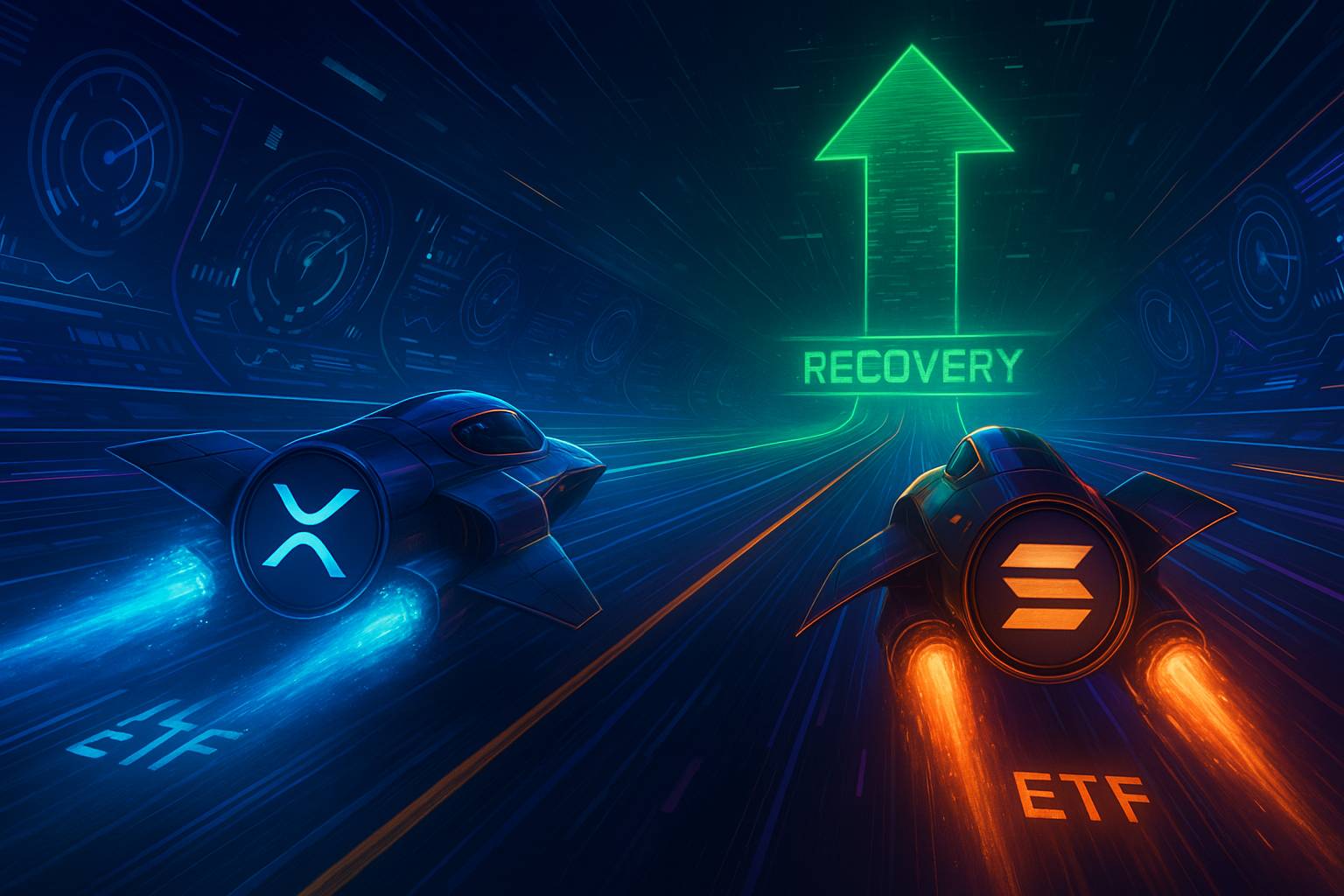Table of Contents
- Yield Farming: Uncovering Profit Maximization Techniques and Optimal Approaches
- Grasping the Concept of Yield Farming
- Defining Yield Farming
- The Mechanics Behind Yield Farming
- Navigating the Array of Yield Farming Variants
- Diverse Yield Farming Techniques
- Yield Farming vs. Staking: An In-Depth Examination
- Contrasting Yield Farming and Staking
- Evaluating Risks and Returns
- Diving into Stablecoin Yield Farming
- The Concept of Stablecoin Yield Farming
- Pros and Cons of Stablecoin Yield Farming
- Leveraged Yield Farming: Balancing Risk and Reward
- Grasping the Concept of Leveraged Yield Farming
- The Risk-Reward Paradigm of Leveraged Yield Farming
- The Importance of Yield Aggregators
- Deciphering Yield Aggregators
- Advantages of Utilizing Yield Aggregators
- Final Thoughts
- Frequently Asked Questions









